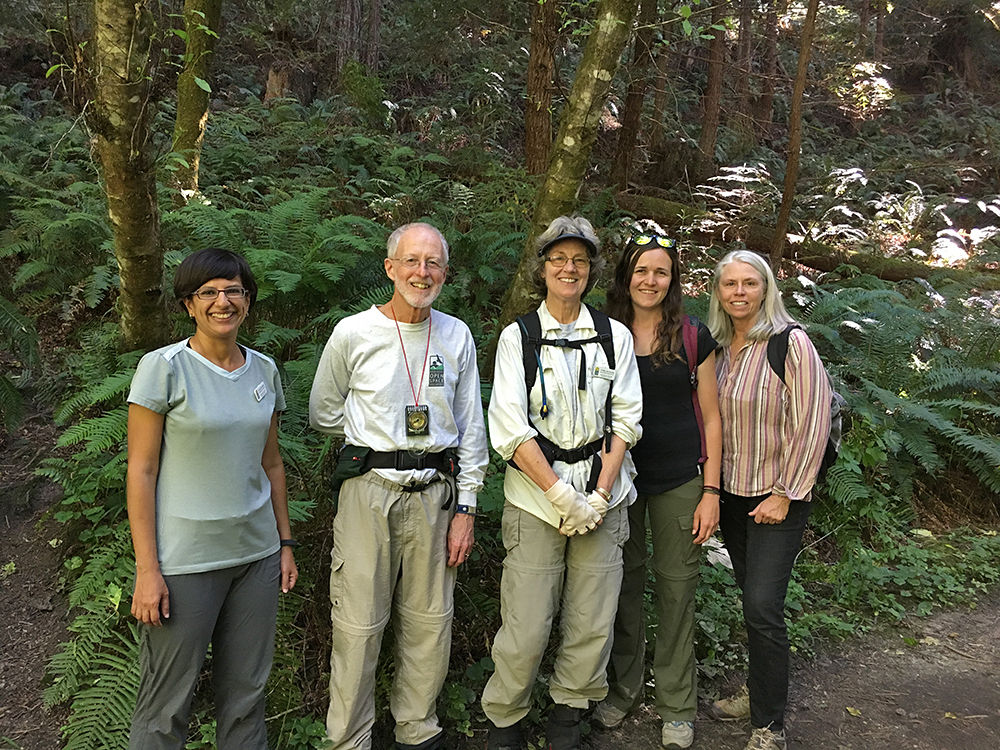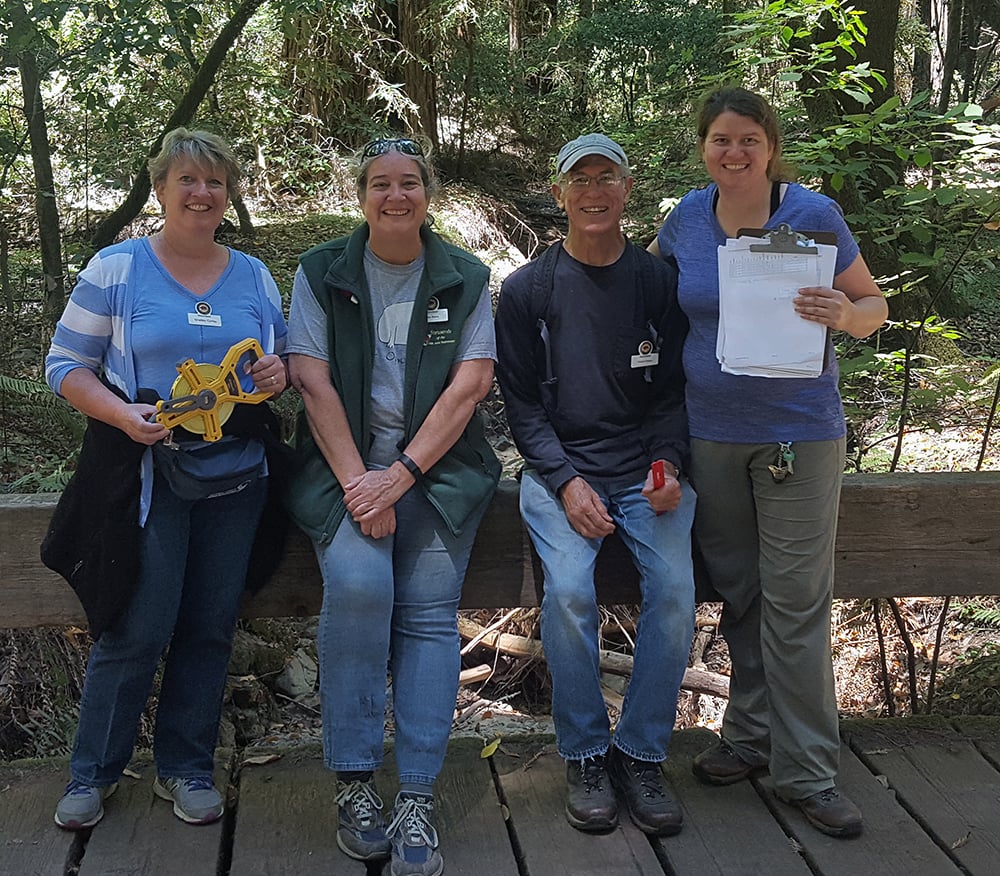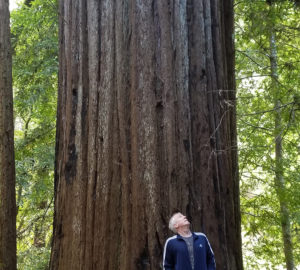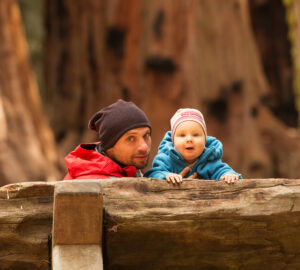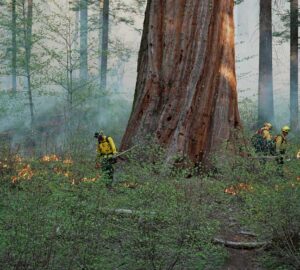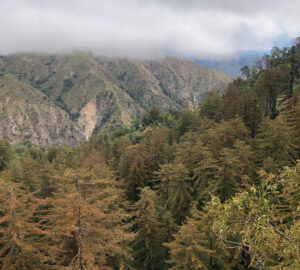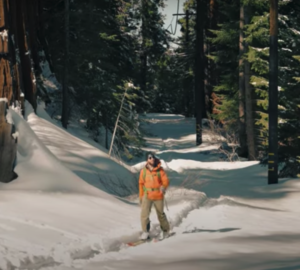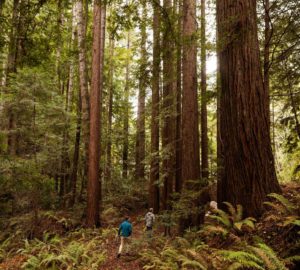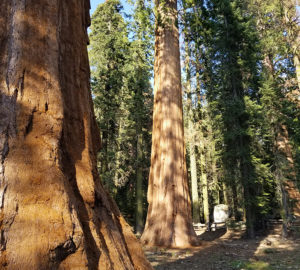We know that ferns have been around for over 300 million years, so they were here during the time of the dinosaurs. Worldwide, there are around 12,000 fern species, and redwood forests are home to at least 16. Ferns were some of the first plants to have leaves. They evolved from moss and grew in areas with a lot of water. Having leaves gave the ferns a much broader surface to collect sunlight for photosynthesis, which gave the ferns a big advantage over other ancient plants. Ferns remained a dominant plant until flowering plants came along.
Today, the League is looking at how ferns are responding to our changing climate by monitoring twelve different sites in California. Every year the ferns in our plots are counted and measured. These data are then analyzed to compare different regions of the redwood forest and to see how the ferns are responding to changes in rainfall and temperature.
Of course, we could not do this work without the dedicated help of our amazing volunteers, some of whom are completely in charge of data collection in their park and are true scientists at work.
Thank you to all our volunteers for your help in researching these interesting plants.
